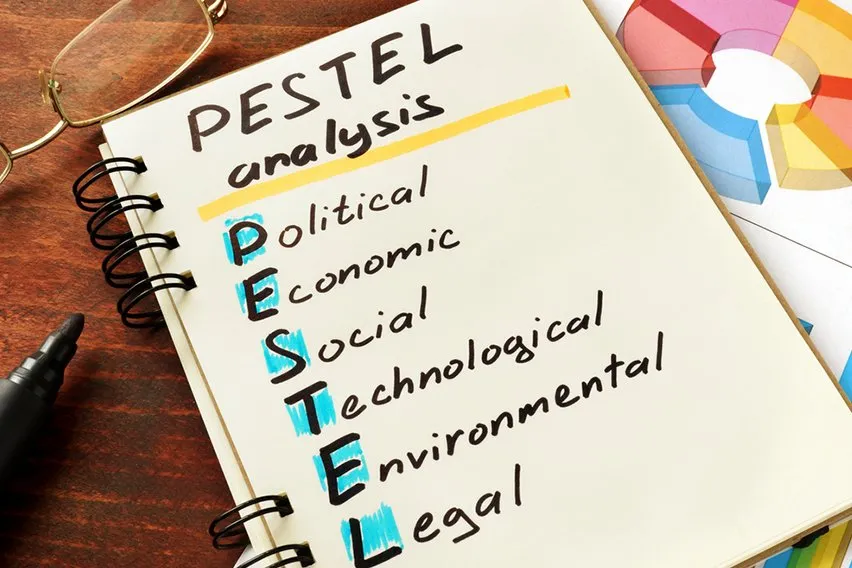What Are Project Milestones: Definition, Uses & Importance

Projects are a large part of any business. While we may not look at them from the same angle that we did in primary school, they’re still a determining factor in success. In business, a project can be something simple like setting up a new software. It can also be as complex as establishing new company-wide policies. Project managers will tell you the secret to completing a project timeline on time is the milestone. Project milestones are a project management tool that contributes to a successful project. Learn more about them here!
Here’s What We’ll Cover:
Why Are Milestones the Most Important Part of a Project?
What Are Project Milestones?
Project milestones are a project management tool that relates to project progress. While you may not have called them milestones before, it’s likely that you’ve used them before. Project milestones mark major events on a project schedule. They’re an indicator of the completion of a critical task or a project phase.
In project management milestones are the best way to keep a project moving in the right direction. They’re imperative to project success, and no project will be without them. Many project management software options build milestones in as key components.

Project Milestones Are More Important Than Just Deadlines
While milestones may just seem like deadlines or indicators, they’re so much more. Project milestones set a project up as a manageable system. They’re able to be comprehended by everyone, not just someone that’s working on the project. More importantly, they are important elements on all project documents, not just the project schedule. By reviewing milestones, leaders can understand the project scope and key deliverables.
How Do You Choose Milestones?
Project milestones have to be chosen carefully. They are a large part of the project plan, and are set long before project kickoff. They are developed during the planning phase. It is at this time when a project deliverable is assigned, and the steps it takes to reach that goal are made. Choosing the right milestones can lead to project approval, as well as project completion.
1. Review the Project
Before being able to choose project milestones, you first have to review the entire project? What is the project’s deliverable? What major actions have to be taken to reach that goal? Your project phases will normally match up with your milestones.
2. Break the Project Down Into Phases
Once you’ve reviewed the project, you can break it down into phases. Typically, there are four project phases.
- Initiation is the original idea for the project
- Planning is when the project is planned in detail
- Execution is when project steps are carried out
- Closure is delivering the project, or meeting the goal in mind
These four phases will have milestones set within them, and milestones will be set as capstones to each phase. For example, milestones in the planning phase can involve specific research. Meanwhile, the final milestone is a completed project plan.
3. Assign Milestones Based on Project Tasks and Project Scheduling
Once the project is broken down, milestones can be assigned according to tasks or key dates. If there is not a strict project timeline, milestones should be assigned to accomplishments. However, if a strict deadline needs to be met, the milestones should reflect the overall project schedule. Understanding your project needs is key to assigning milestones.
Why Are Milestones the Most Important Part of a Project?
Milestones are the core communication tool when it comes to a project. They communicate to individuals and teams what key tasks are. They communicate to leadership when to expect a final product. Sometimes milestones may seem arbitrary, but they are the most complex and critical part of any project.

Setting Realistic Milestones Encourages Success
If project milestones don’t adhere to a realistic sense, then key players may become discouraged. Milestones can be used as a way of communicating urgency in a project, but they still need to be built on realistic terms. When setting milestones as a tool to increase a sense of urgency, don’t push too hard. This can give an adverse effect, and overall lead a project to failure.
Milestones Keep Projects on Track
Without milestones, many projects would fall apart. An overhanging structure lets every individual involved in a project know what is expected. A project team is only as reliable as its schedule, and a schedule is only as strong as its milestones.
Key Takeaways
Project milestones are the best way to approach any project. While a project is being initiated and planned, milestones should be developed. They are going to guide the entire project, as well as communicate landmark events and success. Strong milestones make a strong project. If you need more project management articles, be sure to visit our resource hub! We have plenty of helpful guides available.
RELATED ARTICLES

 Merchant Management System (MMS): What It Is & How Does It Work
Merchant Management System (MMS): What It Is & How Does It Work 5 Best CRM Systems for Small Business
5 Best CRM Systems for Small Business 6 Best Construction Project Management Software
6 Best Construction Project Management Software What Is ERP? 5 Best ERP Software Choices for Your Business
What Is ERP? 5 Best ERP Software Choices for Your Business What Is PESTEL Analysis? Explanation of the Framework
What Is PESTEL Analysis? Explanation of the Framework